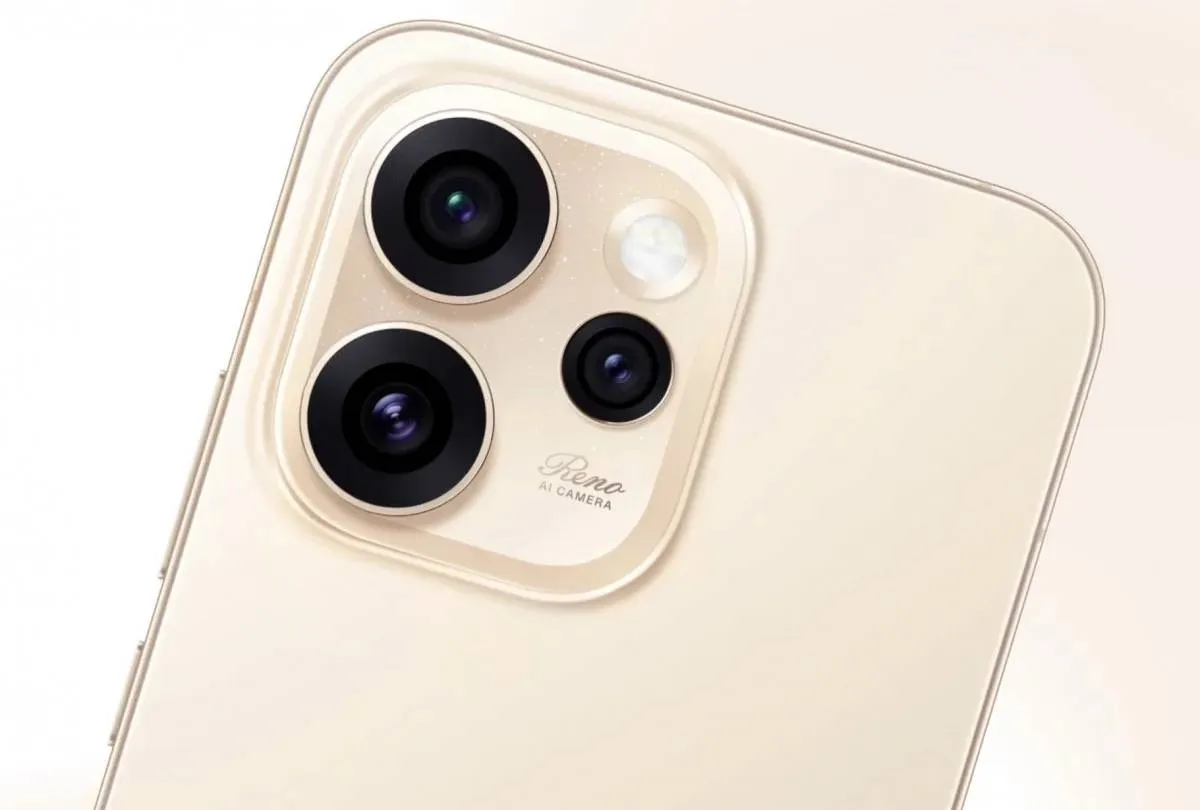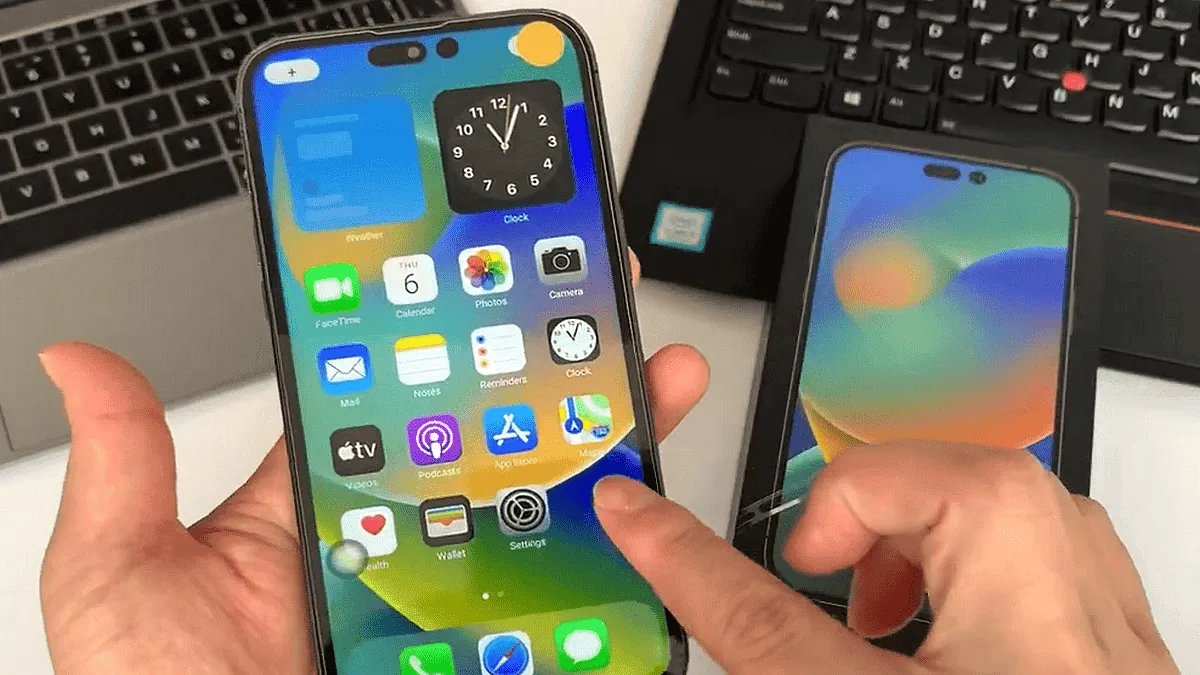
Apple is set to transition to organic light-emitting diode (OLED) displays in all iPhone models starting next year, including its lower-priced iPhone SE models, which currently use liquid crystal displays (LCDs). According to reports from Nikkei, this move will phase out LCD screens in iPhones entirely. This decision represents a significant change in Apple's display strategy, moving away from LCDs in favor of the more advanced OLED technology.
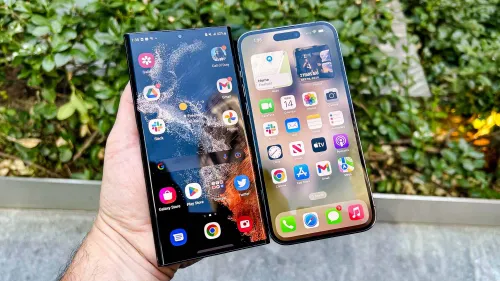
Impact on Japanese Suppliers
The shift to OLED displays means that two major Japanese suppliers, Japan Display Inc. (JDI) and Sharp, will be excluded from Apple's iPhone business. These companies previously dominated Apple's display supply chain, holding a combined 70% share about a decade ago. However, in recent years, their role has diminished, as they have only supplied LCDs for the iPhone SE models. With the upcoming change, their involvement in iPhone production is expected to end.
Rise of South Korean and Chinese Suppliers
Apple has started placing orders for OLED displays from Chinese and South Korean companies, including BOE Technology Group and LG Display. These companies are already leading suppliers of OLED technology for Apple's premium models. Samsung Electronics, also from South Korea, currently holds about 50% of the market share for iPhone OLED displays, followed by LG Display with around 30% and BOE with about 20%. The inclusion of these suppliers marks a full transition from Japanese to predominantly South Korean and Chinese suppliers for iPhone displays.
Advantages of OLED Technology
OLED displays are known for their ability to produce sharper contrast and more vivid colors compared to LCDs. This is due to the organic compounds in OLED screens that emit light on their own, eliminating the need for a backlight. OLEDs offer a better visual experience, especially for users who watch movies, play games, or view photos on their phones. Samsung was one of the first companies to introduce OLED displays as a replacement for LCDs back in 2009.
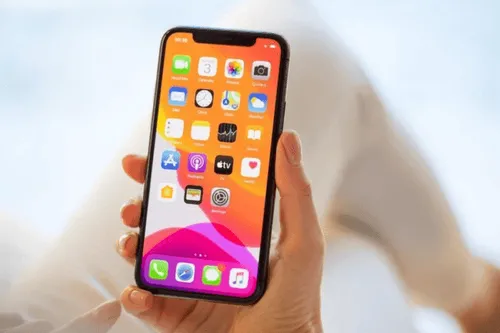
History of OLED Adoption in iPhones
Apple first introduced OLED panels with the iPhone X in 2017, marking the start of a gradual shift from LCD to OLED across its product line. Since then, OLED screens have been featured in Apple’s higher-end iPhone models, providing a premium viewing experience. The upcoming change will extend OLED use to all iPhone models, including the more affordable SE line, starting next year.
The transition of all iPhones to OLED is not coming as a surprise because Apple is a company that places quality over everything else. Thus, with the gap between OLED and LCD, it was only a matter of time before Apple made the full switch. Most brands use LCDs because they are cheaper and less prone to common issues like burn-ins. Since Apple focuses on quality, then the OLED route is the only choice.
Decline of JDI and Sharp
The shift to OLED has been challenging for traditional LCD suppliers like JDI and Sharp. In 2015, these companies supplied nearly 200 million LCD panels annually for iPhones. By 2023, this number had dropped to around 20 million. The move to OLEDs has led to overcapacity and financial losses for these suppliers. JDI, for instance, has faced net losses for ten consecutive years. Though the company is working on developing energy-efficient OLEDs, it currently only supplies small OLED displays for products like the Apple Watch.
Sharp has also been scaling back its LCD operations. In August, the company ceased operations at its Sakai plant in Osaka, which produced large LCDs for TVs, and reduced capacity at its Kameyama plant in Mie prefecture. Both JDI and Sharp are now focusing on other markets, such as LCDs for automotive applications, to revamp their business strategies.
The Growing Market for OLED Displays
The market for OLED displays has been expanding rapidly. According to U.K.-based market researcher Omdia, OLED displays will surpass LCDs in the number of panels shipped for smartphones for the first time this year. The rising demand for OLEDs is due to the superior image quality they offer and the growing consumer preference for high-quality displays in smartphones.
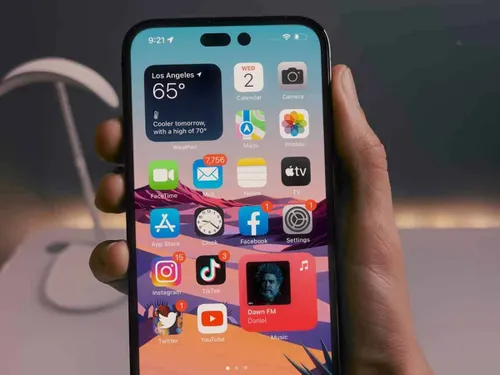
As OLED technology continues to improve, it is becoming more cost-effective, making it a viable option for a wider range of products. Apple’s decision to switch entirely to OLED displays for all iPhone models reflects this trend and indicates the company’s commitment to enhancing the user experience with high-quality displays.
Future Implications for Apple and Its Suppliers
The complete transition to OLED displays in iPhones marks a significant step for Apple. It not only aligns with the company’s strategy to offer premium products but also sets a standard for other smartphone makers. The move is likely to push other brands to adopt OLED technology more widely to remain competitive.
For suppliers, the shift presents both challenges and opportunities. South Korean and Chinese OLED manufacturers are likely to benefit from increased demand and larger orders from Apple. Meanwhile, traditional LCD suppliers like JDI and Sharp will need to adapt their strategies to remain relevant in a market that is rapidly moving toward OLED.
Conclusion
Apple’s decision to transition all iPhone models to OLED displays signals a major shift in the smartphone industry. By phasing out LCDs and embracing OLED technology across its product line, Apple is setting a new standard for display quality in smartphones. This move will impact not only Apple’s supply chain but also the broader market for smartphone displays, encouraging innovation and competition in the field. As Apple continues to push the boundaries of technology, its suppliers and competitors will need to keep pace to meet the evolving demands of consumers.
Popular News
Latest News
Loading
